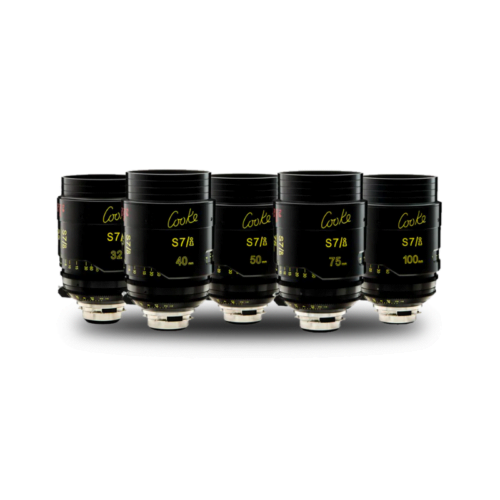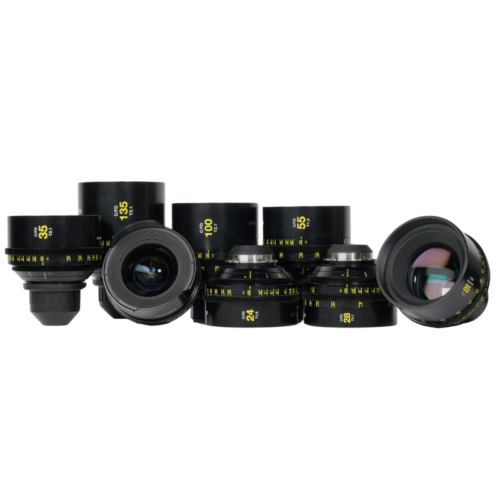Description
For more information about the CANON RANGEFINDER (by GL OPTICS) [LPL] lenses, visit:
https://cinemaglass.com/product/gl-optics-rehoused-canon-rangefinder-6-lens-set/
For more information about the CANON RANGEFINDER (by GL OPTICS) [LPL] lenses, visit:
https://cinemaglass.com/product/gl-optics-rehoused-canon-rangefinder-6-lens-set/
![MINOLTA Rokkor (Superspeed) Primes [GL Optics Rehoused]. HD House rental lenses.](https://thehdhouse.com/wp-content/uploads/2024/05/Minolta-Rokkor-HD-House-500x500.png)



Opening Hours:
Mon – Fri: 9:00 am – 6:00 pm
Saturday: by appointment only
WE RENT TO LATIN AMERICA. ¡SE HABLA ESPAÑOL!
Llámanos al 305- 597-7359
© Copyright - 2025 | HD HOUSE | All Rights Reserved | Powered by Media Impacto